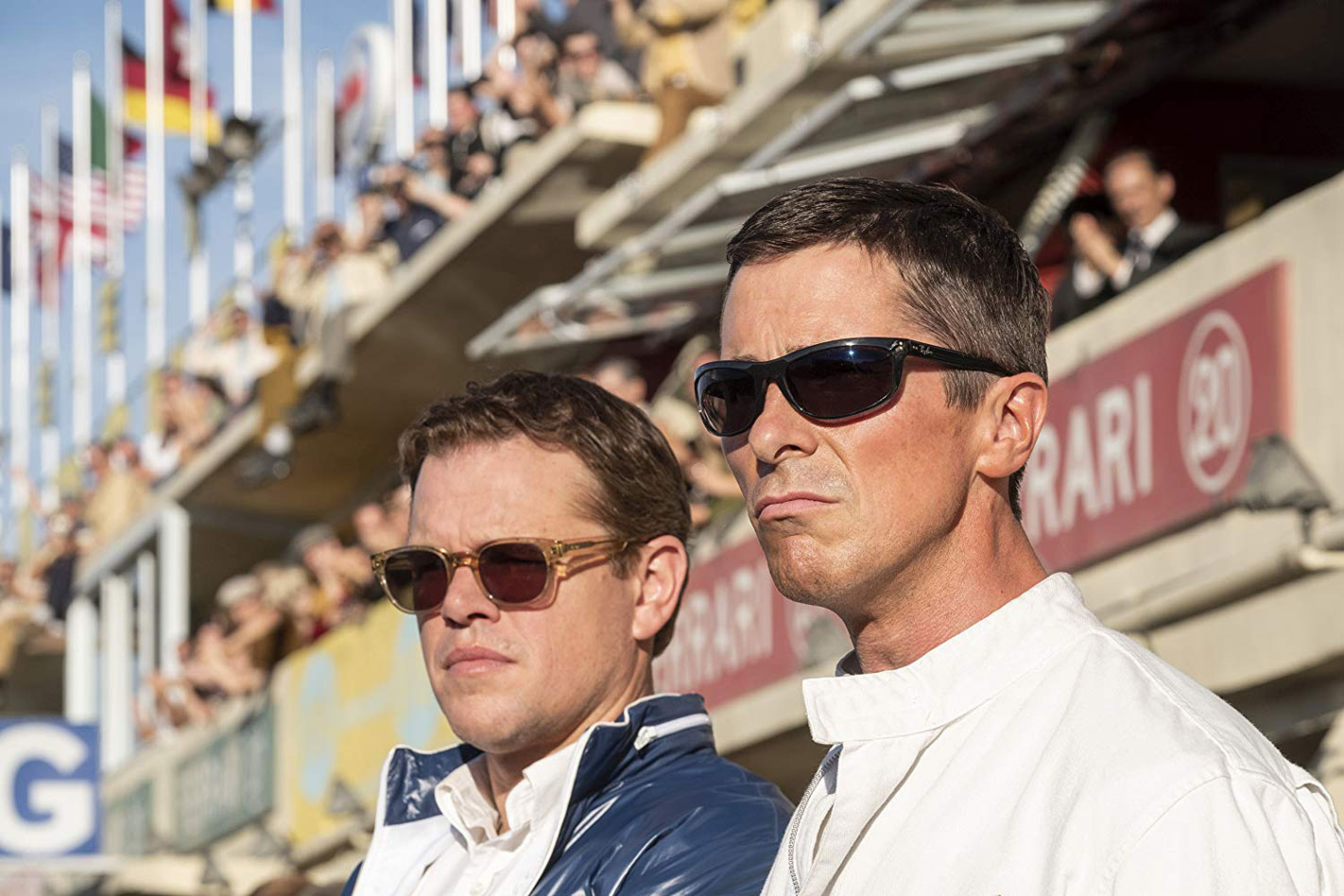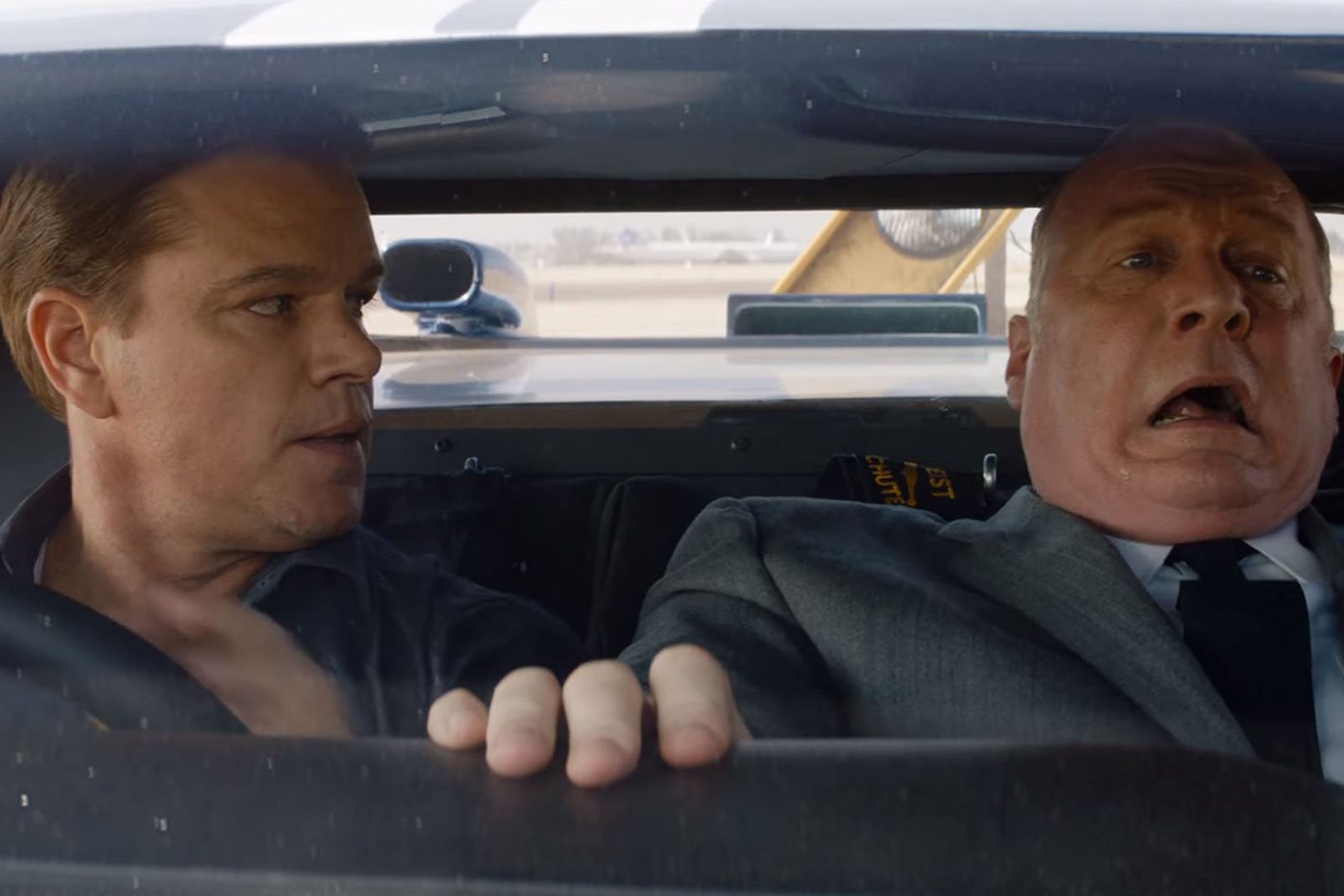Here at Wheels HQ we love a good car flick, and the new Ford vs Ferrari film is no different.
It has plenty to keep a car enthusiast engaged, while remaining enjoyable for those that don’t have oil in their veins.
However, being a big-budget Hollywood production, there is more than a little silver screen fairy dust sprinkled on the story.
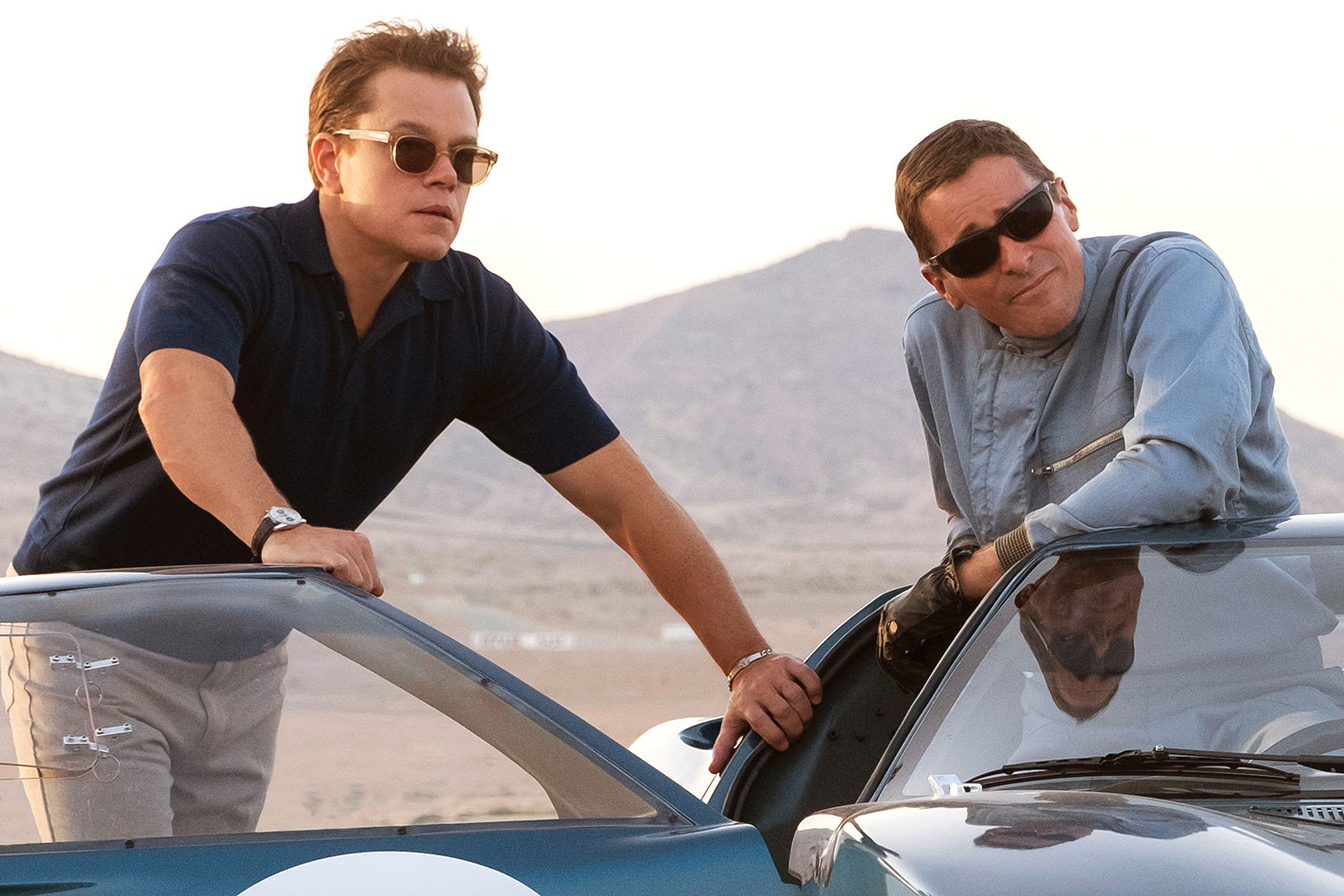
There are plenty of things the movie did get right, but we couldn’t let some of the factual mistakes go unnoticed.
While what happened at Le Mans 1966 is history, along with the lead up to the iconic race, some readers may not appreciate us ruining the film for them. So, here it is, your official spoiler warning for things that happened over five decades ago.
While the filmmakers embellished certain aspects, they probably didn’t need to. Most of the film’s more outlandish moments actually happened, which is what makes the story of Le Mans ’66 so compelling.
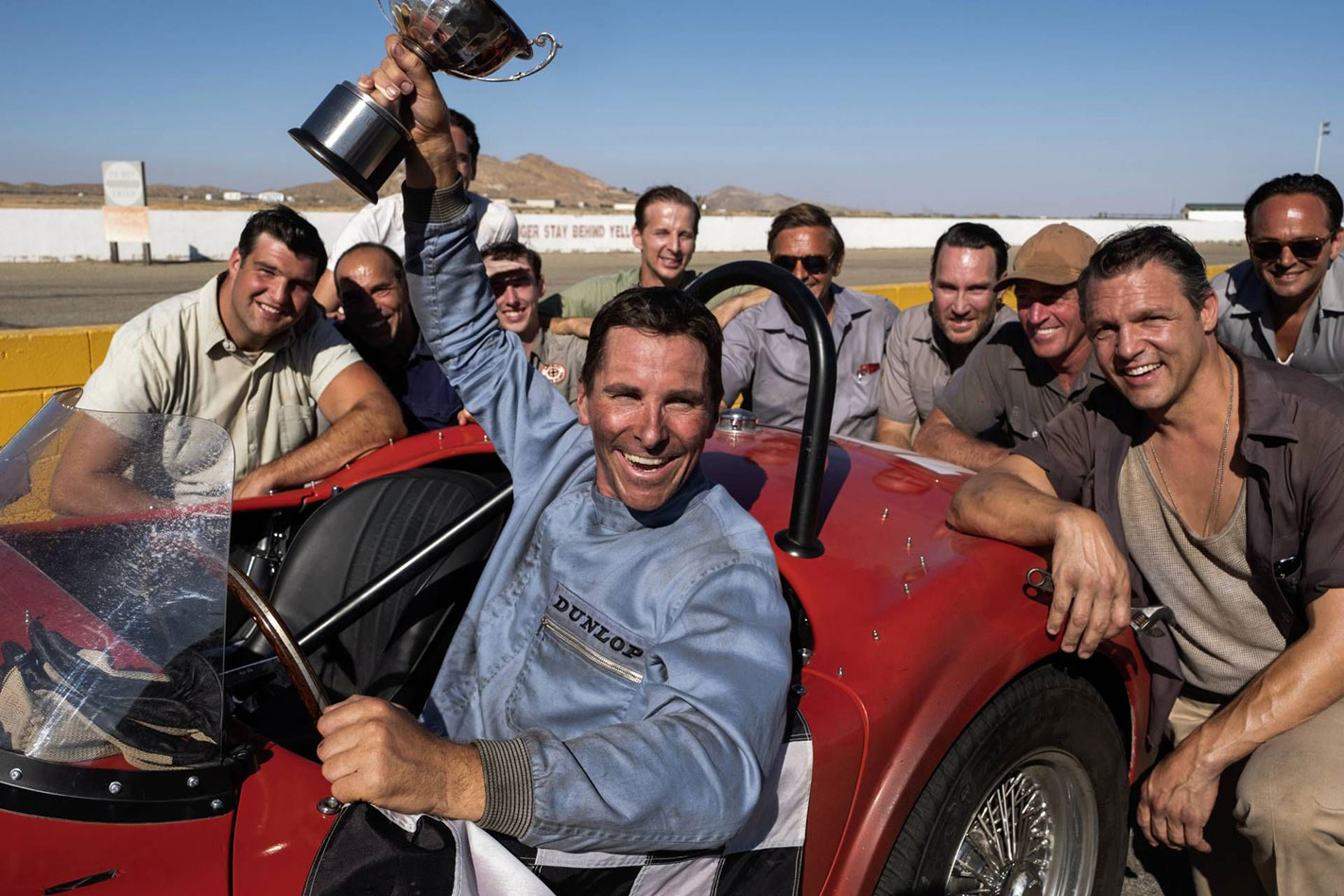
So here are just some of the errors we spotted in Ford vs Ferrari. You may have more:
1. They left out an entire year of Le Mans
Perhaps the biggest omission in Ford vs Ferrari is an entire year of competition. The film depicts Ford losing in its first attempt at the great endurance race, before returning for the ’66 triumph. Fact is that the Blue Oval stumbled twice, in both ’64 and ‘65, meaning the filmmakers chopped out an entire year of development altogether.
2. The on-track battle at dawn never took place
The climax of the film is punctuated by a tense on-track battle between Ken Miles and his Ferrari rivals. In the film, Miles must fight back from being a lap down on Ferrari driver Lorenzo Bandini throughout the night, and pass him on track in daylight hours.
However, in the actual ’66 race, the #21 Ferrari was limping around in 12th place by 3am.
It was actually the #3 Ford GT40 of Dan Gurney and Jerry Grant that led the race come morning, engaging in a dogfight Miles and Hume, against Ford’s strict team orders. In the 18th hour the #3 blew a head gasket, leaving Miles in charge of the race, two laps up on his nearest rival and teammate.
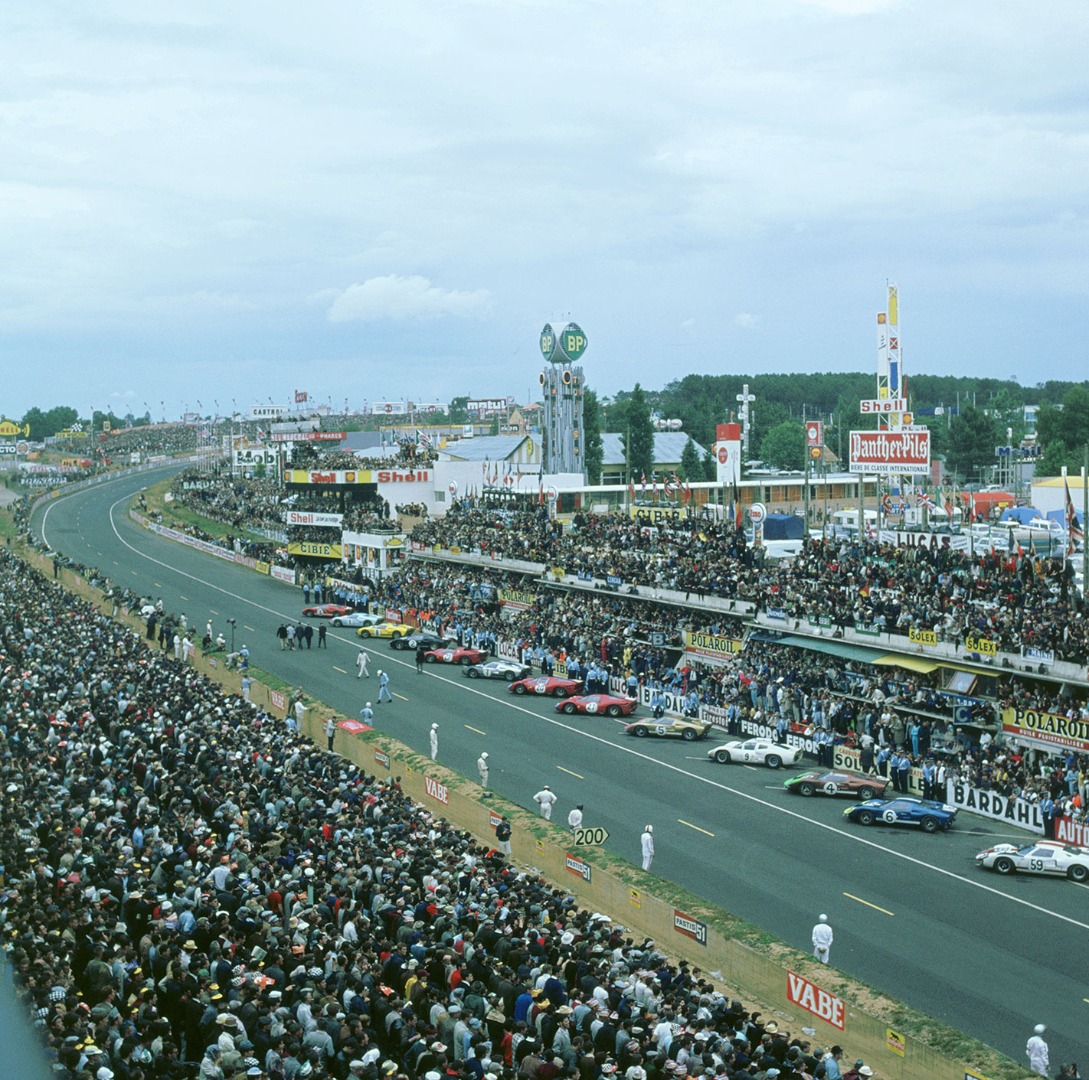
3. Ken Miles and Carroll Shelby never got into a fist fight
Throughout the film Miles and Shelby get into a bunch of physical altercations, but as far as anyone that worked on the team can recall, these never happened. These were likely added to bring some tension into the relationship for the film, but we think they were a tad unnecessary.
4. Ford didn’t object to Miles driving at Le Mans ‘66
Much of the film centres around a theme of Men vs The Man, with the renegades of Shelby and Miles in a constant strategic civil war with the suits that run Ford. However, this is largely overblown.
In Ford vs Ferrari the Blue Oval objects to Miles taking part in Le Mans ’66 on account of his brash nature. The truth is that while Miles missed out on taking part in the ’64 running with Ford, he raced in ’65 (failing to finish due to a gearbox failure), and was a sure thing for the ’66 event.
Oh, and Shelby never bet his business on Miles winning Daytona as part of a wager with Henry Ford II that would allow Miles to race in France.

5. Carroll Shelby never took Henry Ford II for a joyride in a GT40
As much as we wish this was true, it just never happened. In the film, Carrol Shelby takes Henry Ford II for a joyride in his creation, which results in the industry giant bursting into a mixture of sobbing and laughter. It’s depicted as part of a ploy intended to secure Miles a race seat for Le Mans ’66. But as we mentioned above, Ford didn’t oppose the British driver taking part, making the scene unnecessary.
Secondly, it is highly unlikely that the executive of one of America’s largest car makers was taken for a joyride in a race car sans helmet. Safety regulations were pretty loose back then, but not that loose.
The final nail in the factual coffin for this scene is there is no record of it ever happening. You’d think if Henry Ford II jumped into a GT40 someone would have noted it.
6. Much of the technology used to build the GT40 is overlooked
If you took Ford vs Ferrari as wholesale truth, you’d probably believe that the GT40 was almost exclusively developed on an American airfield.
But this misses much of the cutting-edge technology of the time that was used to develop the legendary racer. This included engine dynamometers that ran motors through simulations of the race, which at the time was something straight out of science fiction.
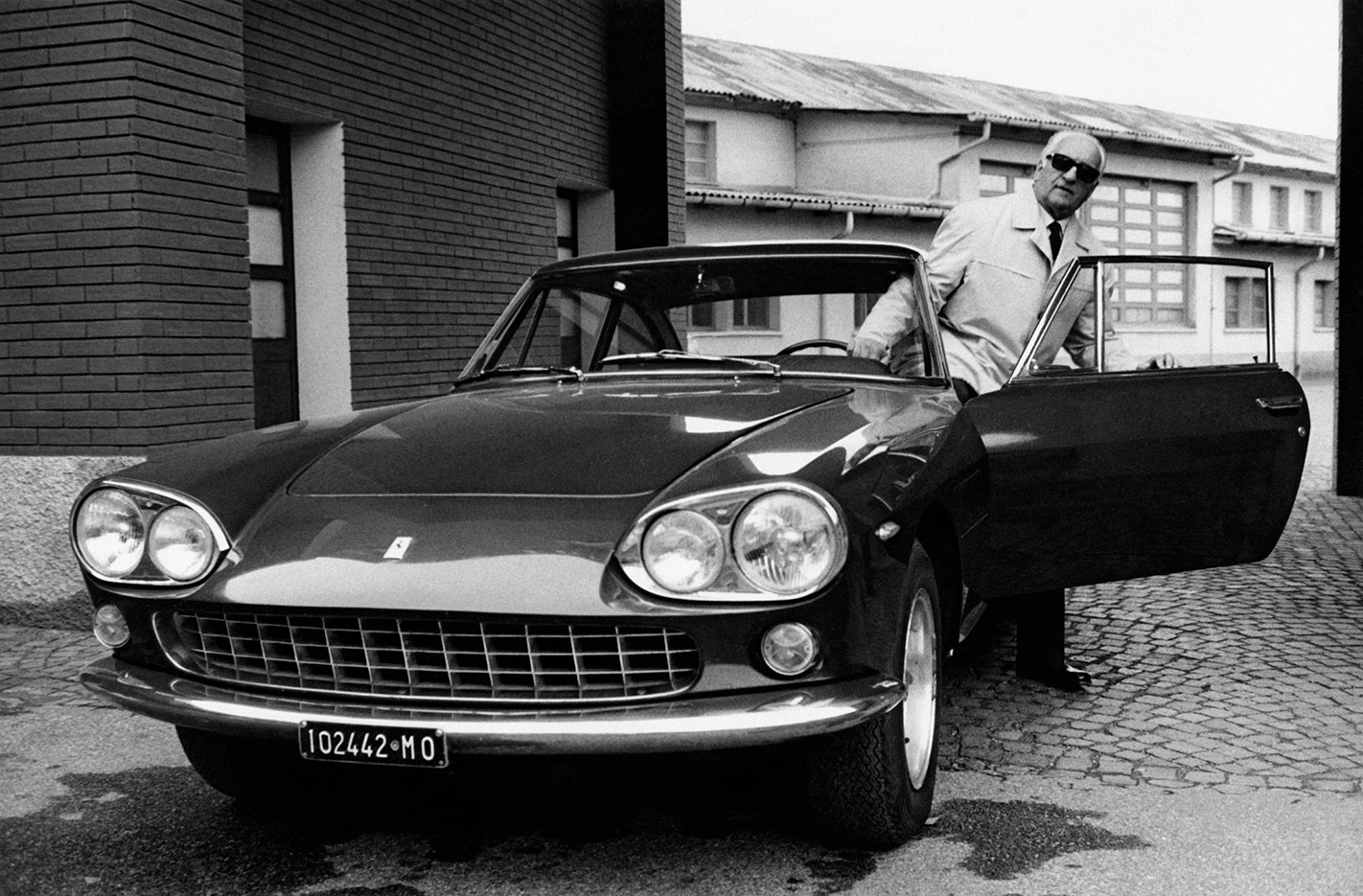
7. Lee Iacocca didn’t negotiate the deal with Ferrari
While Ford did attempt to buy Ferrari at the start of 1963, it didn’t happen quite as the film depicts. Firstly, Lee Iacocca wasn’t part of the team of lawyers sent to Italy to ink the deal.
Secondly, there was no cunning espionage that resulted in a counter bid on Ferrari by Fiat. While the Italian company did eventually buy Ferrari, that wasn’t until 1969. At the time of the film Fiat granted Ferrari a cash stipend as thanks for elevating the stature of Italian cars internationally.
What prompted the deal with Ford to be torpedoed was simple, Enzo Ferrari didn’t want to give up control of his race team. Legend has it; he circled the clause in the paperwork, wrote ‘this will not do’, walked to lunch with his solitary lawyer, and never returned.
8. Enzo Ferrari didn’t attend the race
As the patriarch of Maranello, it would make sense for Enzo Ferrari to be a Le Mans in 1966 to watch his team defeat Ford once more. In the film he is depicted as stoically overseeing proceedings in pitlane, even having a verbal jab at his American equivalent Henry Ford II.
But this is a glaring historical mistake, as Enzo Ferrari didn’t attend Le Mans ’66, meaning he wouldn’t have been present to give a gracious tip of the hat to Ken Miles come race end.
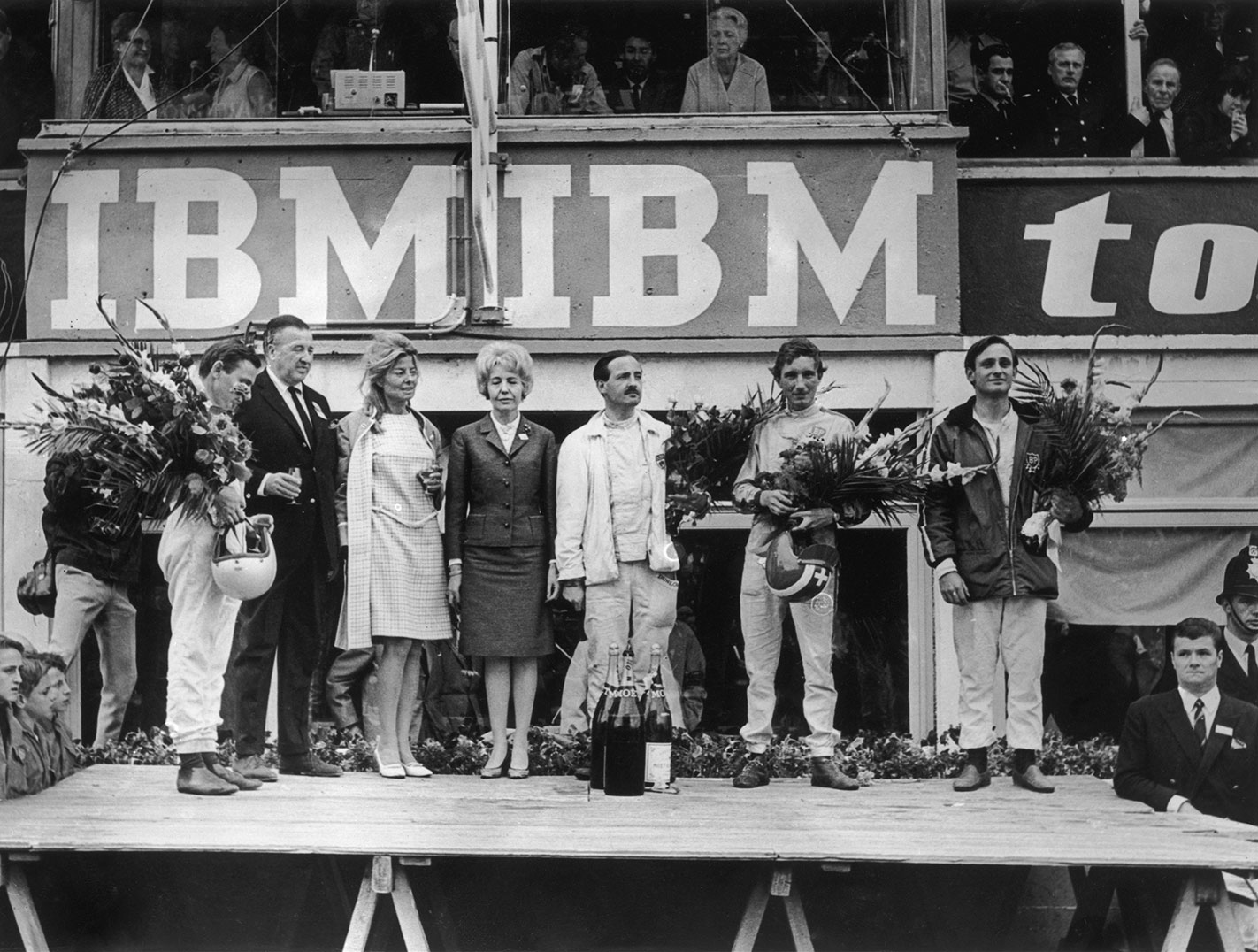
9. Changing from second to fourth gear probably isn’t a strategy that’ll win Daytona for you
One of the more gripping action sequences shows Ken Miles on the final lap of Daytona, attempting to overtake Dan Gurney, also in a GT40. Aside from the fact that he won the ’66 race by eight laps and the stadium floodlights depicted weren’t installed until 1990, Miles’ winning strategy appears to be to shift up to gears to pip his rival Ford on the line. Given that a 7-litre GT40 has a four-speed gearbox, he’d clearly made his way to the head of the pack by driving the thing in second gear. Unlikely.
10. An inconvenient truth?
The movie claims that that Shelby was the first American to have won Le Mans. While he did win the 1959 race in an Aston Martin, both Phil Hill and Luigi Chinetti were American who had previously stood on the top step of the podium at La Sarthe, in 1958 and 1949 respectively. The reason they were both erased from history for the movie? Maybe because both drove Ferraris to victory.
